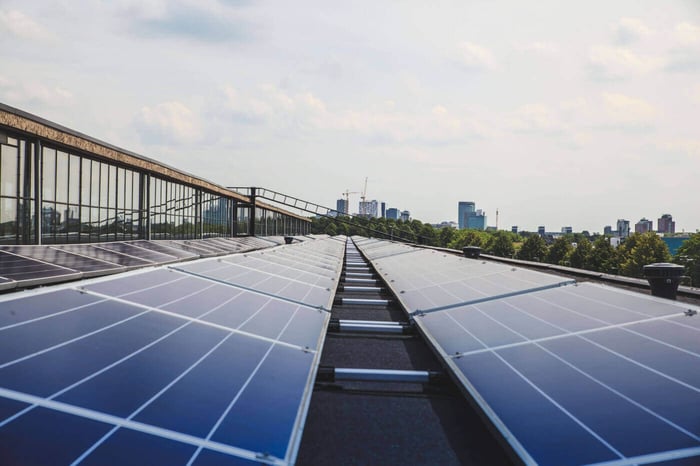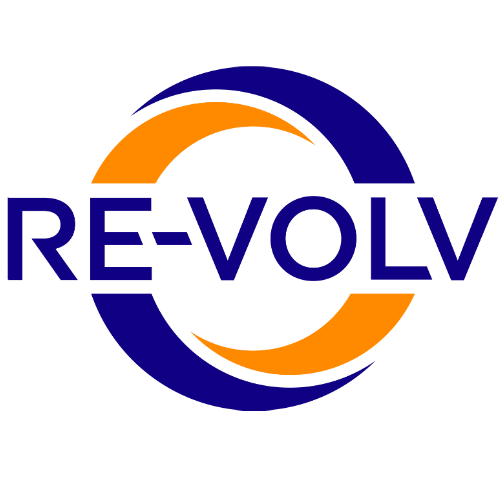The future of clean energy is bright, and it offers hope for communities all over the world. We now have the technology, the knowledge, and the resources to develop renewable energy sources that are both cost-effective and reliable, and that can help us reduce our reliance on fossil fuels and their environmental impacts. With a comprehensive strategy for transitioning to a clean energy future, we can help our communities become more sustainable and resilient while reducing emissions and saving money. This blog post will explore the future of clean energy, the potential benefits, and how our communities can take steps to use more clean energy sources. We'll discuss the differences between renewable and non-renewable energy sources, the costs and benefits of clean energy, and how we can make the switch to a clean energy future. We'll also explore the technologies, policies, and initiatives necessary to make this transition a reality. By understanding the potential of clean energy, we can work together to create a brighter future for our communities.
1. Increasing demand for clean energy sources
The increasing demand for clean energy sources has created a need for solutions that will sustainably meet the needs of our communities. Renewable energy sources such as solar energy and wind power are becoming more popular as people look for ways to be environmentally conscious. Solar energy is especially attractive because it is a renewable resource, meaning that it can be used over and over again without being depleted. The National Renewable Energy Laboratory (NREL) estimates that solar energy alone has the potential to power up to 90% of all homes in the United States. In addition to solar power, wind power and other renewable energy sources have the potential to drastically reduce greenhouse gas emissions and create thousands of jobs in the clean energy sector. By investing in clean energy sources, we can help create a future where our communities are protected from the devastating effects of climate change.
2. Development of innovative technologies to reduce emissions
Clean energy is the future of our communities and it is our responsibility to make sure that renewable energy sources like solar energy and solar power are used to reduce emissions and conserve resources. Innovative technologies are being developed to make renewable energy more accessible and efficient; for example, the National Renewable Energy Laboratory (NREL) is researching more efficient ways to store and transport solar energy and renewable resources. We must take advantage of these technologies to create a sustainable future and ensure that our communities are healthy and vibrant.
3. Utilization of renewable energy sources such as solar, wind and hydro power
The utilization of renewable energy sources has become increasingly important in our efforts to create a more sustainable future. Solar, wind, and hydro power are some of the most important renewable resources available, and are increasingly being used to meet our growing energy needs. The National Renewable Energy Laboratory (NREL) estimates that solar energy alone could meet up to 38% of our energy needs by 2050. This is an exciting prospect, as these renewable energy sources are clean and do not emit harmful pollutants into the atmosphere. Additionally, they can be used to generate electricity and other forms of energy, while also providing greater energy security and reliability. Renewable energy sources could thus be a major part of our future when it comes to clean energy, and would provide great benefits to our communities.
4. Reduced operational costs for businesses and households through clean energy technologies
As clean energy technologies are being developed and improved, businesses and households can reduce operational costs by using renewable energy sources. Solar energy, solar power, and other renewable resources are becoming more cost-effective and efficient, which is leading to an increase in their use in both households and businesses. The National Renewable Energy Laboratory is an excellent resource for learning about what renewable energy is, and how it can be used to save both money and the environment. Clean energy technologies are becoming increasingly popular, allowing businesses and households to make more sustainable decisions, while also saving them money in the long run.
5. Improved air quality and public health benefits
The use of renewable energy sources such as solar, wind, and water power has a direct impact on public health due to improved air quality. According to the National Renewable Energy Laboratory, a shift to renewable resources can reduce emissions of pollutants like sulfur dioxide, nitrogen oxides, and particulate matter. These pollutants are linked to long-term health impacts such as increased asthma, heart disease, and other respiratory illnesses. In addition, solar energy also reduces carbon dioxide emissions, which contribute to global warming and climate change. Investing in clean and renewable energy sources is an important step to improving the health of our communities.
6. Decreased reliance on non-renewable sources of energy
The future of clean energy is focused on a decreased reliance on non-renewable sources of energy. Using renewable energy sources like solar, wind, and geothermal power, we can reduce our dependence on fossil fuels and other non-renewable resources. Solar power, in particular, is becoming increasingly popular due to its cost-effectiveness, availability, and its potential to generate large amounts of energy. There are also numerous initiatives and research projects conducted by organizations such as the National Renewable Energy Laboratory that are working to ensure that renewable energy sources are used in more efficient and cost-effective ways. By investing in renewable energy sources now, we can reduce our reliance on non-renewable sources of energy, and secure a better future for our communities.
7. Enhanced public education on clean energy sources and their impacts
As the world moves towards a more sustainable future, it is essential to educate the public on sustainable energy sources such as solar, wind, hydro power, and geothermal energy. Enhanced public education on clean energy sources and their impacts will promote the acceptance and use of renewable resources in communities worldwide. Through increased education, people not only understand the environmental benefits of clean energy sources but also the economic benefits, such as the creation of local jobs and reduced costs of energy bills. Additionally, the National Renewable Energy Laboratory (NREL) provides an invaluable source of information and research on renewable energy sources. NREL’s research and publications can inform the public about the most promising renewable energy sources and help promote their implementation. Overall, expanded public education is critical for the success of renewable energy and a sustainable future.
8. Increased government funding and policy support for clean energy initiatives
Increased government funding and policy support for clean energy initiatives will be a major factor in transitioning our communities from traditional to renewable energy sources. Renewable energy sources such as solar, wind and water are not only more efficient, but also much more sustainable than traditional forms of energy. National Renewable Energy Laboratory (NREL) estimates that in recent years, the U.S. alone has seen an increase of nearly 5% in renewable energy investments. With both public and private sector support, clean energy investments will inevitably continue to expand, creating new opportunities for communities to transition to renewable resources. To ensure that these investments are beneficial for everyone, government policy support should be directed towards cost-efficient and equitable clean energy initiatives that have the potential to save our communities.
In conclusion, clean energy is the future of powering our communities, and it is up to us to ensure that it is used to its full advantage. Clean energy sources such as solar and wind provide renewable, low-cost energy that will power our homes and businesses for years to come. By investing in clean energy solutions, we can reduce our reliance on fossil fuels, create jobs, and help protect our planet from the effects of climate change.


